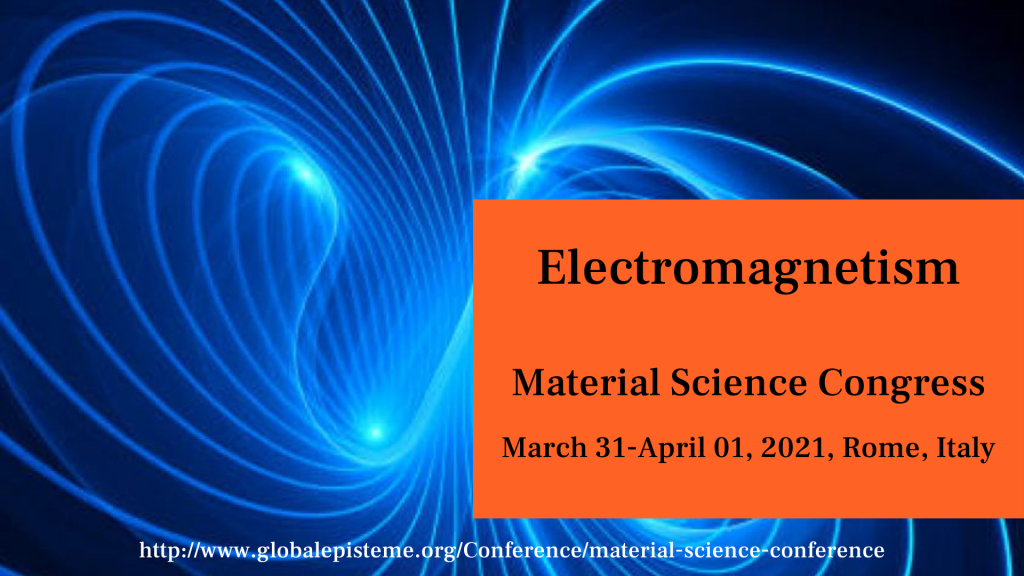Biodegradable electronics have great potential to reduce the environmental footprint of devices and enable advanced health monitoring and therapeutic technologies. Biodegradability is not unanimously consistent across the literature, the minimum consensus is that biodegradable materials can be broken down into smaller constituent pieces at biologically benign or physiological conditions.
For more: http://www.globalepisteme.org/Conference/material-science-conference
#MaterialsScienceConferences#covid19#WorldMaterialsScienceConferences#ConferencesandMeetingsonChemicalsandMaterialsScience#chemistryworkshops
